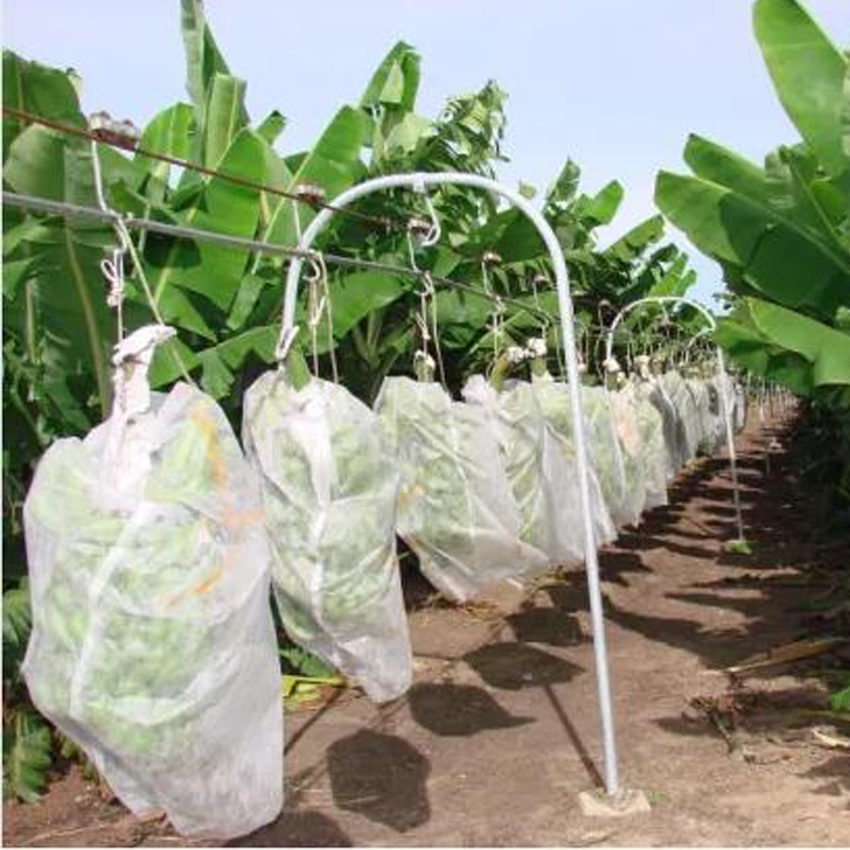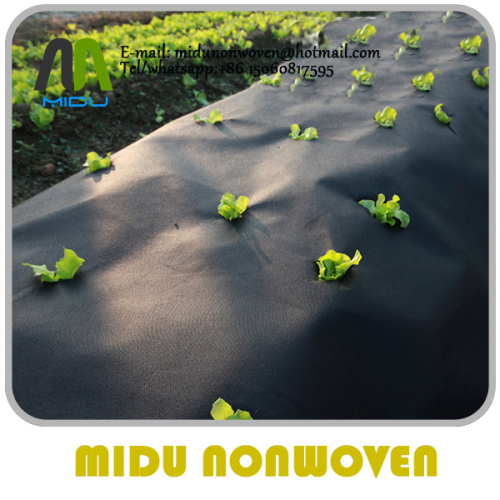Non-Woven Fabric And Its Uses For Agriculture
Since the beginning of the petrochemical era, non-woven textiles have been produced. During this time they were primarily utilized to increase their bulk and softness in the production of packaging, coverings, and filling. Because of the rapid advancement of material science, the capabilities of non-woven fabric has expanded to various fields of industry and commerce, civil engineering and medical treatment as well as environmental engineering and agriculture. Its use is evident everywhere, especially in its early use in agriculture. Non-woven fabrics are fabric-like material that is made of short or long fibers. The materials are connected by heating and chemical treatment. They generally are less durable and more resilient than woven materials. There are many applications for non-woven fabrics. They are much easier to make than the woven fabrics and there is a rising demand for non-woven products. See this wholesale agriculture non woven fabric for recommendations.
Non-Woven Industries development. Nonwoven fabrics are a new product from the plastics and petrochemical industries after the introduction of film. It is less heavy than plastic cloth and provides better air circulation. It is commonly used in hygiene and medical products like facial napkins and sanitary napkins. towels. Later it was incorporated into engineering to it. Non-woven fabrics are utilized to protect vegetables from damage caused by cold. Although the production of non-woven fabrics is more complex than plastic film, the fundamental raw materials are essentially identical. The materials used comprise PE (polyvinylchloride), EVA, Ethylene Vinyl Acetate copolymer), EVA and PVA (polyvinyl alcohol). Inflating traditional plastic film with heat, it forms an extremely thin film. The film is continuous. It extends indefinitely. The film is smooth and does not have pores. The film is inert and prevents any movement or exchange of molecules. Artificial chemical fibers, made from the mentioned raw materials, have become the hottest item in the world of textiles. However, these chemical fibers, can still be made into cloth by the traditional warp-weft weave. Non-woven materials are created by interweaving the fibers at various angles across every direction. This is a different approach to traditional warp or weft weaving. It has superior material properties than traditional weaves. The manufacturing process can be completed from raw materials to final products in just one step. This cuts down on the traditional drawing process and allows for lower costs for production. The fashion industry has utilized non-woven fabrics in large numbers in recent times. Thanks to advances in material science as well as the advancement of production technology, non-woven fabric has become more varied and is employed more frequently. You will find a variety of different products and materials everywhere you go in your daily life. Non-woven fabrics are becoming more popular in agriculture due to their simplicity of production, lightness, flexibility as well as their low price and many applications. See this non woven weed control fabric for advice.

Non-woven fabrics in agriculture. Non-woven textiles were first introduced to agriculture in Europe in 1978. They are used to keep carrots warm during harvesting in the early days and also to guard against the ravages of whiteflies and tomato leaf virus. In the United States non-woven fabrics are utilized for mulching cantaloupes, sweet peppers, tomatoes, root vegetables, carrots as well as radishes, cabbages, lettuce, and other vegetables. It is used primarily for heat preservation, early harvesting, and for insect control. Non-woven materials are good to cover surfaces like grassproof mats. They can also boost the temperature of soil by holding in water. The production of water-absorbing blankets made from short fiber can be affixed to nursery bedding in order to ensure the roots are able to absorb all water. They also function as the bottom medium in turf production. They can also be used to plant large woody plants such as garden and fruit trees. Non-woven fabrics are widely employed in Taiwan as crop covers. They are also extensively used for environmental control in huge greenhouses to reduce energy consumption. Canopy curtains, double-layered covers and canopy curtains to reduce heat and radiation loss at night. High-density spunbonded non-woven TAVIK fabrics were used in the beginning to shade and protect cauliflower bulbs. It was soon adopted by farmers because of its thermal conductivity that was low as well as ability to shade. It eventually was used to preserve and keep leaf vegetables safe from insects, and to shade trees and the fruit trees. Due to Taiwan's unique climate and climate, the non-woven industry's growth is slow. Taiwan's non-woven fabric producers continue to invent non-woven technology. Their focus is on the permeability of air and water as well as water repellency. It is utilized to store and preserve agricultural products. See this wholesale agriculture non woven fabric for more information.
